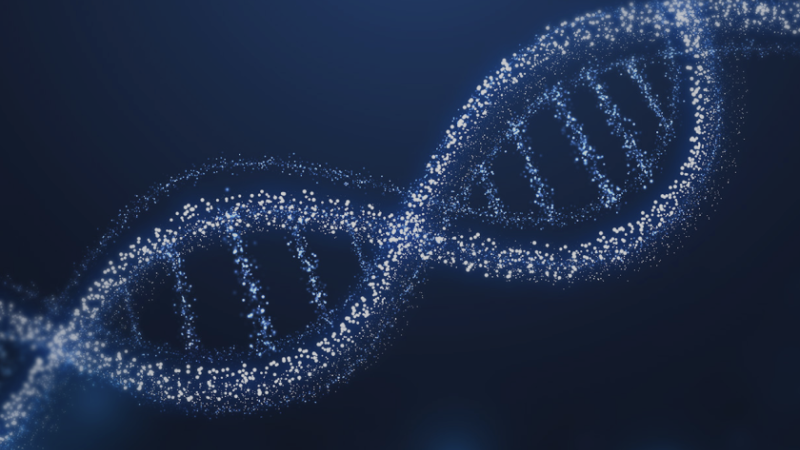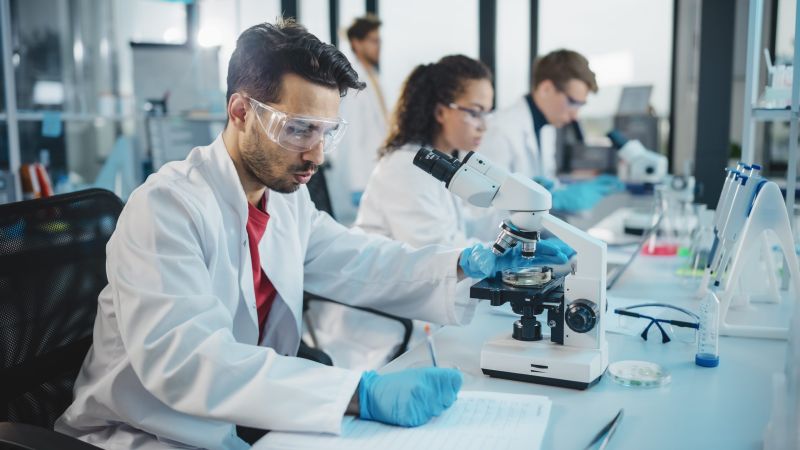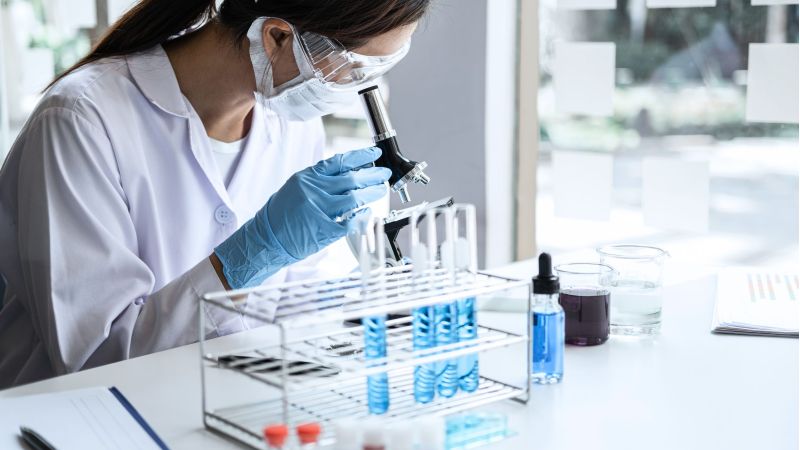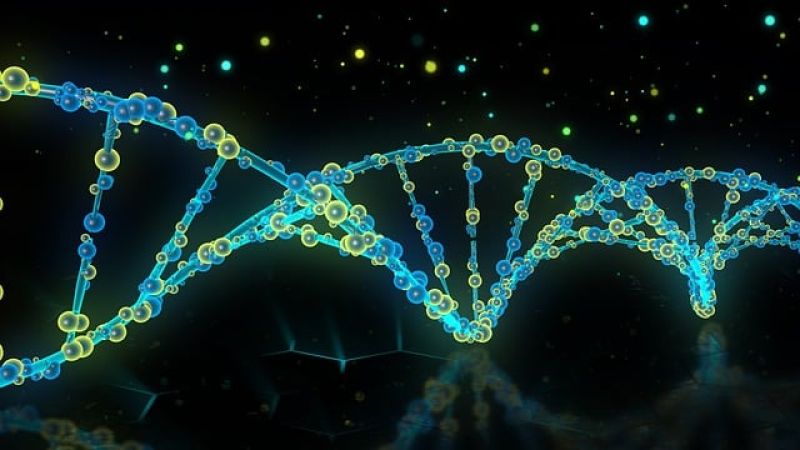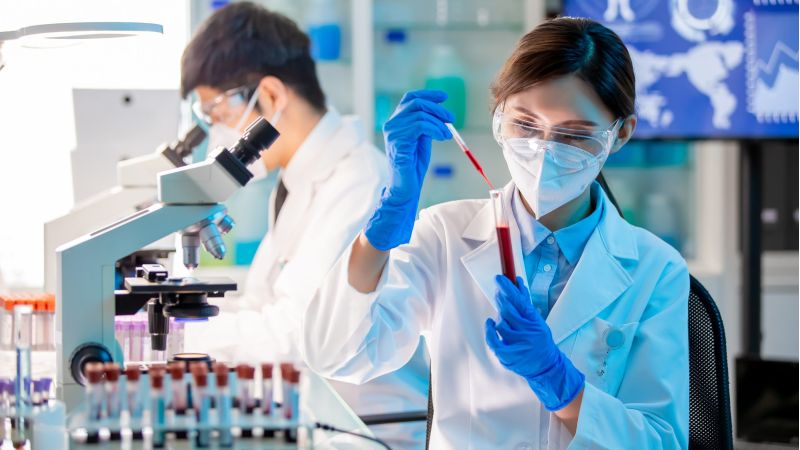
Understanding the Role of Biomarkers in Aging and Longevity
In the field of aging and longevity research, biomarkers play a crucial role in understanding the biological processes underlying these phenomena. By providing measurable indicators of physiological changes, biomarkers offer valuable insights into the aging process and its impact on overall health and lifespan. This article aims to provide an in-depth exploration of the various aspects related to biomarkers in aging and longevity, including their definition, biological significance, connection to aging, potential role in lifespan extension, and ethical considerations.
“Medicine in the future will give everyone the ability to become their own best healer.1” Deepak Chopra, MD
Defining Biomarkers: An Overview
Biomarkers can be broadly defined as measurable characteristics that indicate the presence, progression, or severity of a biological process or condition. In the context of aging and longevity, biomarkers refer to specific biological markers that reflect the physiological changes associated with aging.
Understanding the intricacies of biomarkers is crucial in unraveling the mysteries of aging. These markers provide valuable insights into the complex web of aging-associated molecular, cellular, and physiological changes. By measuring and analyzing these changes, researchers can gain a deeper understanding of the underlying mechanisms of aging and identify potential interventions to promote healthy aging.
The Biological Significance of Biomarkers
Biomarkers hold significant biological significance as they provide quantitative information about the various molecular, cellular, and physiological changes that occur during the aging process. They act as signposts, guiding researchers to understand better the intricate dance between our genes, environment, and lifestyle choices.
Through the study of biomarkers, scientists can delve into the molecular pathways that govern aging and longevity. They can uncover the role of specific genes, proteins, and cellular processes in the aging process. By deciphering these intricate mechanisms, researchers hope to unlock the secrets of healthy aging and potentially develop interventions to slow down or even reverse the effects of aging.
The Connection Between Biomarkers and Aging
Biomarkers not only reflect the aging process but also play a crucial role in the regulation and progression of aging. Understanding the connection between biomarkers and aging is essential for unraveling the complexity of the aging process and developing interventions to promote healthy aging.
When aging, the body undergoes various molecular and cellular changes that can be observed through biomarkers. These biomarkers provide valuable insights into the different pathways and mechanisms involved in the aging process. By studying biomarkers, scientists can identify specific factors that contribute to aging, such as DNA damage, inflammation, oxidative stress, and mitochondrial dysfunction.
One of the most well-known biomarkers associated with aging is telomere length. Telomeres are protective caps at the ends of our chromosomes, and their length is closely linked to cellular aging. As individuals age, telomeres tend to shorten, indicating the gradual deterioration of cells. Shortened telomeres have been associated with various age-related diseases, including cardiovascular disease, cancer, and neurodegenerative disorders.
In addition to telomere length, other biomarkers also change with age. Markers of inflammation, such as C-reactive protein (CRP) and interleukin-6 (IL-6), tend to increase with age. Chronic low-grade inflammation, often referred to as inflammaging2, is believed to contribute to the development of age-related diseases. By monitoring these inflammatory biomarkers, researchers can gain insights into the inflammatory processes that occur during aging and potentially develop interventions to mitigate their effects.
Oxidative stress is another key player in the aging process, and biomarkers can help assess its impact. Reactive oxygen species (ROS) are natural byproducts of cellular metabolism, but their production can increase with age, leading to oxidative damage. Biomarkers of oxidative stress, such as malondialdehyde (MDA) and 8-hydroxydeoxyguanosine (8-OHdG), can indicate the level of oxidative damage in our cells and tissues. Understanding the relationship between oxidative stress biomarkers and aging can provide valuable insights into the development of age-related diseases and potential interventions.
Furthermore, mitochondrial dysfunction is closely linked to aging, and biomarkers can shed light on its role in the aging process. Mitochondria are responsible for producing energy in our cells, but their function can decline with age. Biomarkers such as mitochondrial DNA (mtDNA) mutations and levels of reactive oxygen species within mitochondria can indicate the extent of mitochondrial dysfunction. By studying these biomarkers, researchers can gain a better understanding of how mitochondrial dysfunction contributes to aging and explore potential strategies to improve mitochondrial function.
In conclusion, biomarkers are powerful tools for studying the aging process. They provide valuable insights into the molecular and cellular changes that occur as we age and help identify specific pathways and mechanisms involved in aging. By understanding the connection between biomarkers and aging, researchers can develop interventions to promote healthy aging and potentially mitigate the effects of age-related diseases.
Biomarkers and Longevity: A Complex Relationship
The relationship between biomarkers and longevity is complex and multifaceted. Biomarkers can serve as indicators of overall health and potential predictors of lifespan, but their predictive value can vary depending on various factors.
When it comes to biomarkers as predictors of longevity, there are several factors to consider. One such factor is telomere length. Telomeres are protective caps at the ends of chromosomes that shorten as cells divide. Research has shown that individuals with longer telomeres tend to have an increased lifespan. This is because longer telomeres are associated with better cell function and a reduced risk of age-related diseases.
Another biomarker that has garnered attention in longevity research is inflammation markers. Chronic inflammation has been linked to a range of age-related diseases, including cardiovascular disease, diabetes, and certain types of cancer. Elevated levels of inflammation markers, such as C-reactive protein (CRP) or interleukin-6 (IL-6), have been associated with decreased lifespan. These biomarkers can indicate the presence of underlying health issues that may impact longevity.
However, it’s important to note that biomarkers should be interpreted in the context of other factors influencing longevity. Genetics3, for example, plays a significant role in determining lifespan. Certain genetic variations can affect how individuals respond to environmental factors, including the impact of biomarkers. Additionally, lifestyle choices, such as diet, exercise, and stress management, can influence biomarker levels and overall health.
Biomarkers as Predictors of Longevity
While some biomarkers have shown promise as predictors of longevity, it’s crucial to consider them alongside other factors. For instance, a study published in the Journal of the American Medical Association found that telomere length4 alone does not accurately predict lifespan. The study revealed that individuals with shorter telomeres but a healthy lifestyle had a similar lifespan to those with longer telomeres but an unhealthy lifestyle.
Moreover, biomarkers should not be viewed in isolation. A comprehensive assessment of an individual’s health should include multiple biomarkers, such as cholesterol levels, blood pressure, and glucose metabolism. These biomarkers can provide a more holistic view of an individual’s health and potential lifespan.
The Role of Biomarkers in Lifespan Extension
Biomarkers also play a crucial role in lifespan extension research. Scientists and researchers utilize biomarkers to evaluate the effectiveness of various anti-aging interventions. For example, caloric restriction has been shown to extend lifespan in various organisms, including yeast, worms, flies, and mice. By monitoring changes in biomarker levels, researchers can assess the impact of caloric restriction on biological aging processes in these organisms.
Exercise is another intervention that has been linked to increased lifespan and improved health outcomes. Biomarkers such as heart rate variability, insulin sensitivity, and levels of circulating inflammatory markers can help researchers understand the underlying mechanisms through which exercise exerts its beneficial effects.
Pharmacological interventions aimed at extending lifespan also rely on biomarkers for evaluation. For instance, researchers studying the effects of certain drugs on aging may measure biomarkers such as DNA methylation patterns, mitochondrial function, or markers of oxidative stress to assess the impact of these interventions on biological aging processes.
In conclusion, biomarkers and longevity share a complex relationship. While some biomarkers show promise as predictors of lifespan, their predictive value can vary depending on other factors such as genetics and lifestyle choices. Biomarkers also play a crucial role in lifespan extension research, helping scientists evaluate the effectiveness of anti-aging interventions. By monitoring changes in biomarker levels, researchers can gain insights into the underlying biological processes that influence aging and potentially identify strategies to promote healthy aging and extend lifespan.
The Potential of Biomarkers in Anti-Aging Research
Biomarkers have significant potential in driving advancements in anti-aging research and the development of interventions to promote healthy aging.
Biomarkers in the Development of Anti-Aging Therapies
Biomarkers provide valuable tools for assessing the efficacy of potential anti-aging therapies. By monitoring changes in biomarker levels, researchers can determine whether a particular intervention effectively targets and modulates the aging process.
Challenges and Future Directions in Biomarker Research
While biomarkers hold great promise in aging research, several challenges need to be addressed for their optimal utilization. These include the need for standardized biomarker assays, identification of valid and reliable biomarkers, and incorporation of multiple biomarkers to capture the complexity of aging.
Ethical Considerations in the Use of Biomarkers in Aging and Longevity
As with any field of research, the use of biomarkers in aging and longevity studies raises ethical considerations that must be carefully addressed.
Privacy and Consent in Biomarker Data Collection
Collecting biomarker data involves the collection and analysis of personal health information. Researchers must ensure that privacy and confidentiality are maintained and that participants provide informed consent for the use of their biomarker data.
The Implications of Biomarker-Based Predictions for Longevity
Biomarker-based predictions of longevity can raise ethical dilemmas, such as potentianl discrimination in healthcare or insurance based on predicted lifespan. It is crucial to ensure that biomarker-based predictions are used responsibly and ethically, with a focus on promoting overall health and well-being rather than creating disparities.
Conclusion
In conclusion, biomarkers play a vital role in better understanding aging and longevity. They provide valuable insights into the biological processes underlying aging, offer potential predictors of lifespan, and serve as tools in anti-aging research. However, it is important to consider the complex relationship between biomarkers and longevity, address challenges in biomarker research, and approach their use ethically. With further advancements and ongoing research, biomarkers hold tremendous potential in promoting healthy aging and extending lifespan. Order a biomarker test from Jinfiniti and get a good picture of your overall health.
Lastly, if you’re interested in going deeper on health-related content, here are a few of our recent posts that you may want to read:
- What Does Peak Performance Aging Look Like?
- 9 Powerful Benefits of Optimizing Your NAD
- Why Optimized, Precision Medicine is the Future
- Andrew Huberman is Wrong About NAD, NAD+ precursor & Longevity
Referenced Sources:
- https://quotefancy.com/quote/793137/Deepak-Chopra-Medicine-in-the-future-will-give-everyone-the-ability-to-become-their-own ↩︎
- https://www.healthline.com/health/5-minute-guide-to-inflamm-aging ↩︎
- https://www.rochester.edu/newscenter/the-secret-to-a-longer-lifespan-gene-regulation-holds-a-clue-523672/ ↩︎
- https://www.jax.org/news-and-insights/minute-to-understanding/what-are-telomeres ↩︎
Read More







